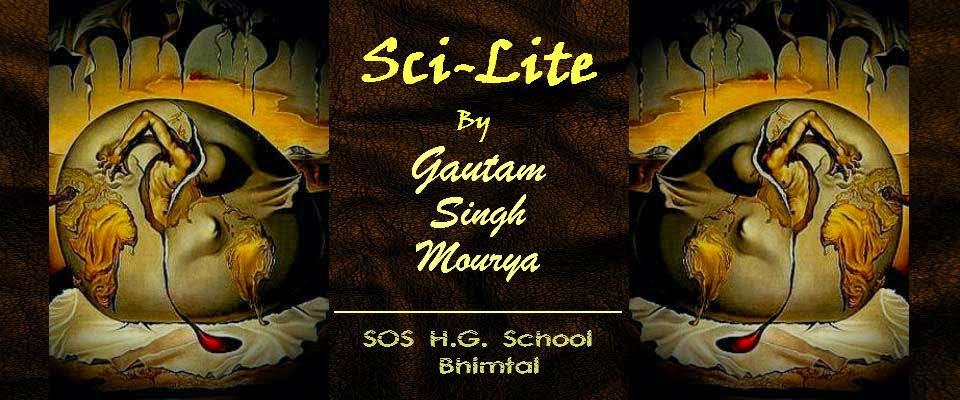Journey of Food
We
usually wonder about our eating tasting and other habits related to food
consumption. But we do not know that the food itself has to travel a long
journey of 10 to 12 hours through our amazing digestive system. So I will
throw some light on the topic.
The Journey of food starts with the
opening of the elementary canal or the Mouth and the food pipe or esophagus and
ends when we go to the toilet. Through the elementary canal food is attacked, churned and squeezed by various digestive organs and Juices. So, let us start
from the first step
But
before that, we should know that how do we get hungry? Interesting question
right! Well, the answer to this very question is brain. The specific part of
brain called hypothalamus makes us feel hungry and thirsty. And the other part
of the brain namely medulla controls the automatic gut movements which are done by the involuntary muscles or unstrapped muscles. Now proceeding with the process-
Eating and chewing
The
first step of food’s journey is to be crushed and meshed by our teeth and then
simultaneously get mixed with the salivary enzyme such as amylase. The salivary
enzymes break down starchy substances of the food into simpler substance. The
saliva flows down more during an eating session rather than a normal time
period and is produced by submandibular gland and sublingual gland in the
mouth.
Swallowing and the epiglottis
When
we swallow the food after chewing, it enters the food pipe or esophagus which
is a tube surrounded by muscles that pushes down the food. But before entering
the food pipe there are chances that it may enter the wind pipe, so to prevent
this there is a flap like structure namely epiglottis that closes the wind pipe
before the food enters it.
Acid Attack!
The
food is sent by the esophagus to the stomach. Stomach is a muscular bag which
squashes and mashes the food which it receives.
But
the main digestion process is carried out with in the stomach. In the inner
part of the stomach wall there are many folds and turns called rugae which
allow the stomach to stretch. The inner most layer of the stomach wall is
called the submucosa and above that the mucosa. These layers contain mucous
producing cells the helps to prevent the hydrochloric acid produced by the
hydrolytic cells to harm the wall. The hydrochloric acid help in digesting the hard
component of food and killing bad microorganism. The hydrolytic cells are lined
within the gastric pits in the mucosa with the slim producing cells. The last
part of the stomach or the entrance of the small intestine is called Duodenum.
I
will post about the next part of the journey in the next post after all it is
boring to read too much in a short while.
But
I think this video might be help full in that matter.












